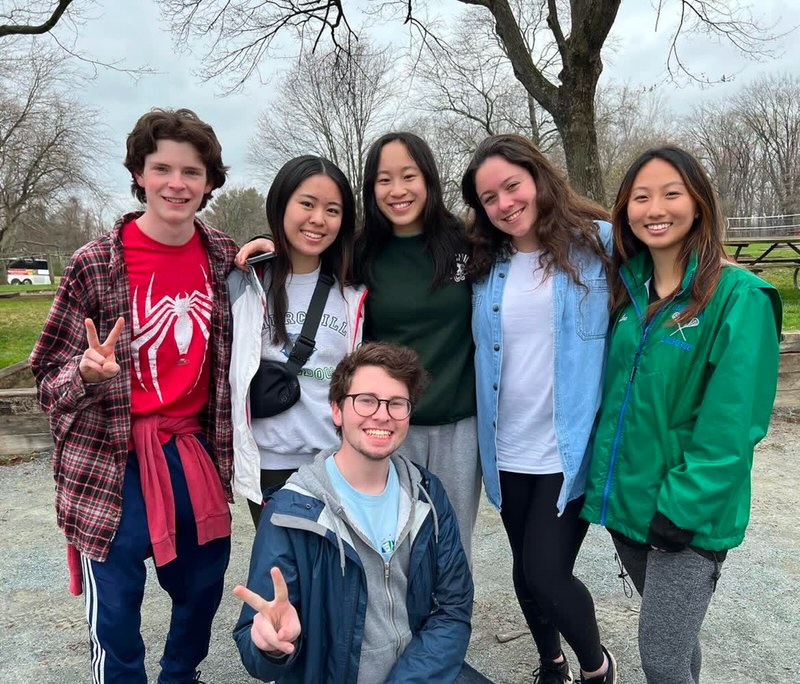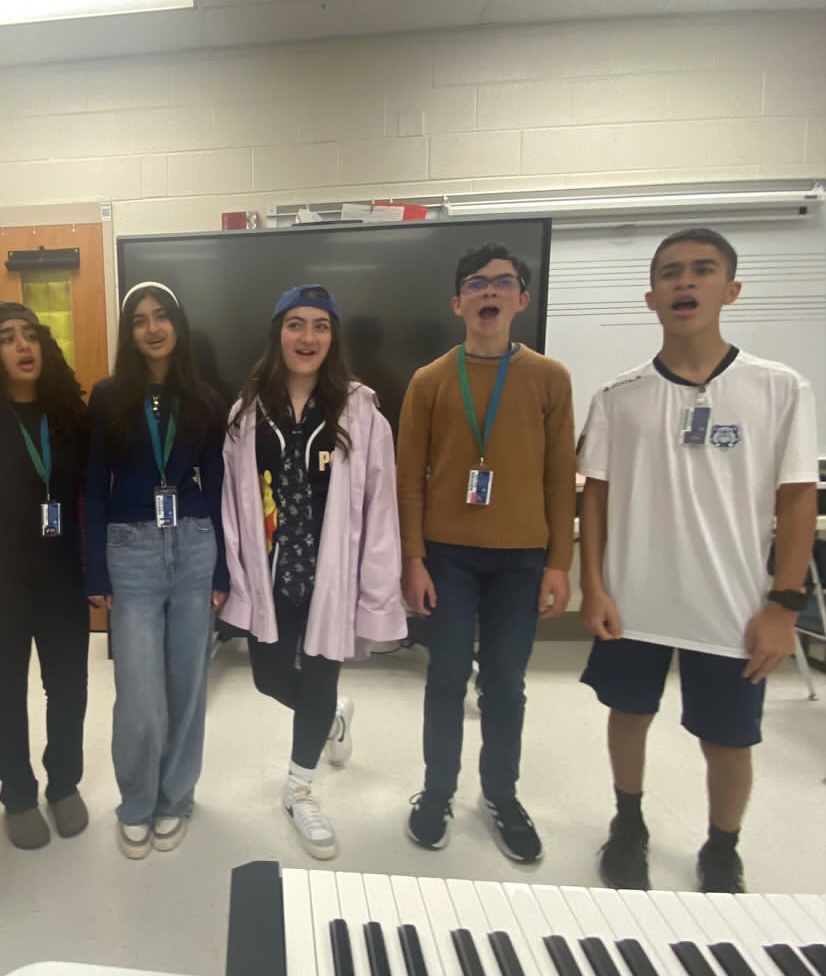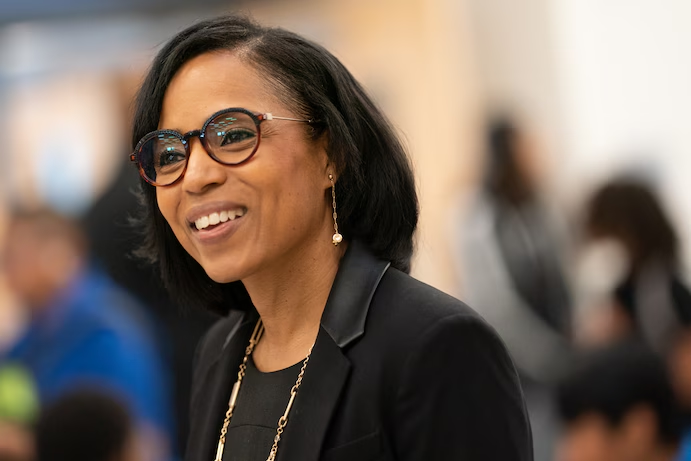In the spring of 2007, Colorado teachers Jonathan Bergmann and Aaron Sams became pioneers not only in education technology, but in the way teachers interact with their students by inventing the flipped classroom.
Bergmann and Sams began by recording lessons using screen capture software and posted them online so that students could access them at home. In their rural town in Colorado, students often miss class due to sports and other activities.
Students found that viewing the lessons at home was more effective than sitting through a lecture in class, because they could now spend class time asking their teachers questions and getting work done.
“We were rushing through the material in class and going really fast but nothing stuck,” said Bullis AP Calculus teacher Stacey Roshan, who now flips her own classroom. “There wasn’t enough class time for lectures, but they have to be done. Now, they can ask their classmates questions instead of listening to me talk the whole time.”
Multiple factors must be taken into consideration when deciding whether this would be an effective method for CHS.
“Due to the involvement of technology, there will be some teachers comfortable with the flip and others will continue with the status quo,” said Staff Development teacher Deanna Svreck.
Some students see the advantages of the flip, but others are skeptical about whether it is realistic. The flip allows students to be more independent, but with the added independence comes added responsibility.
“If I can get a comfortable place at home I could listen to the recorded lesson quite well,” sophomore Chris Mainwaring said. “Other students will get distracted because if they’re immature, then they will probably get bored and goof off.”
Whether the flip is a good fit for CHS, other technologies such as activotes on the Promethean board are available to benefit students in ways that are more interactive than the traditional PowerPoint during class.
“The biggest benefits of Promethean software are the activotes,” Svrcek said. “The activotes provide immediate feedback to students and data to the teacher on student understanding in the moment. Learning cannot happen without feedback. Bergmann and Sams moved passed learning to high engagement learning where immediate feedback occurs naturally.”
According to Bergmann and Sams, their goal is for students to be the best learners possible and to truly understand the content in their classes. When students grasp the concept that teachers are on their side, they respond by doing their best.







